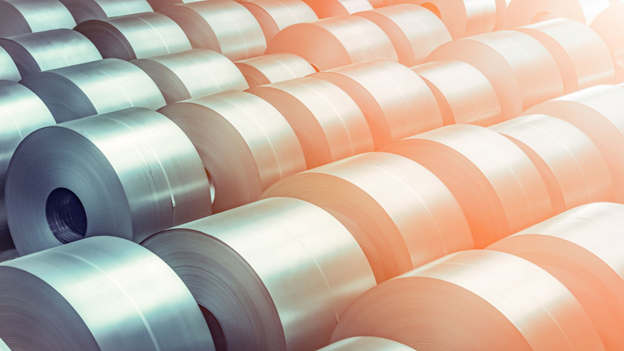
The global steel industry is one of the most important sectors for many economies worldwide. It is a critical component of infrastructure development, construction, manufacturing, and transportation. In recent years, the steel industry has undergone several changes in supply, demand, and pricing. These changes have been driven by various factors such as geopolitical tensions, global economic conditions, and environmental concerns.
China is the largest player in the steel industry, with the country producing almost half of the world’s steel output. China’s dominance in the industry can be attributed to several factors such as a large population, abundant natural resources, and government support for the steel industry. However, China’s steel industry has experienced some challenges in recent years, including overcapacity, environmental pollution, and economic downturns. In response to these challenges, the Chinese government has implemented several measures to improve the sustainability of the industry, such as restricting steel production, enforcing environmental regulations, and promoting technological innovation.
Other Asian countries such as India, Japan, and South Korea also have significant steel production capabilities and are increasing their production capacity. India has been investing in new steel projects and is benefiting from a growing domestic market, a skilled workforce, and government support. Japan, on the other hand, has seen a decline in its steel production due to competition from other countries and a shrinking domestic market. Japan’s steel industry is focused on high-value-added products, which have faced challenges in recent years due to the COVID-19 pandemic and changes in global trade policies.
South Korea is the fourth-largest producer of steel and has been investing in new technologies to improve the sustainability of its industry. The country is also benefiting from a growing domestic market and government support. However, South Korea’s steel industry has faced challenges in recent years due to competition from China and other developing countries, which have lower production costs.
Countries in the Middle East, such as Iran and Saudi Arabia, are also increasing their production capacity and investing in new projects. These countries have abundant natural resources, including access to cheap energy sources, which makes steel production more cost-effective. Additionally, these countries are benefiting from growing domestic markets and government support for the steel industry.
Developed countries such as the United States and Europe have seen a decline in their steel production in recent years due to competition from developing countries and the implementation of environmental regulations. The US steel industry has been impacted by the imposition of tariffs on steel imports from several countries, which has led to increased costs for steel consumers. The tariffs were put in place to protect the US steel industry and create jobs, but they have had unintended consequences, such as increased costs for businesses that use steel as a raw material. The US steel industry is also facing challenges from increasing competition from developing countries such as China and India, which have lower production costs.
Europe’s steel industry has also faced challenges in recent years, including competition from developing countries, high energy costs, and environmental regulations. The European Union has implemented several measures to improve the sustainability of the steel industry, such as the European Green Deal and the Circular Economy Action Plan. These measures aim to reduce carbon emissions and promote the circular use of resources.
In conclusion, the global steel industry is a constantly evolving market, with different countries experiencing fluctuations in production and demand. China remains the dominant player in the industry, but other countries such as India, Japan, and South Korea are increasing their production capacity and investing in new technologies. Middle Eastern countries such as Iran and Saudi Arabia are also expanding their production capabilities. Developed countries such as the US and Europe have seen a decline in their steel production due to competition from developing countries and environmental regulations. As demand for steel continues to grow, countries with the ability to increase production capacity and invest in new technologies will continue to thrive and lead the industry forward.